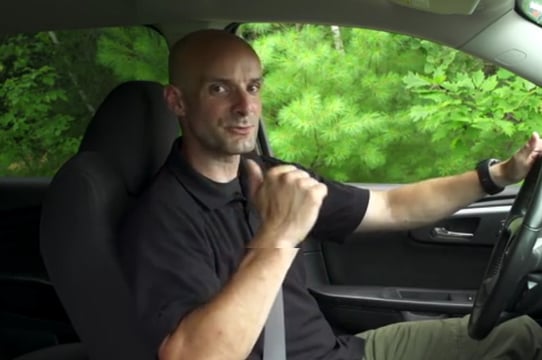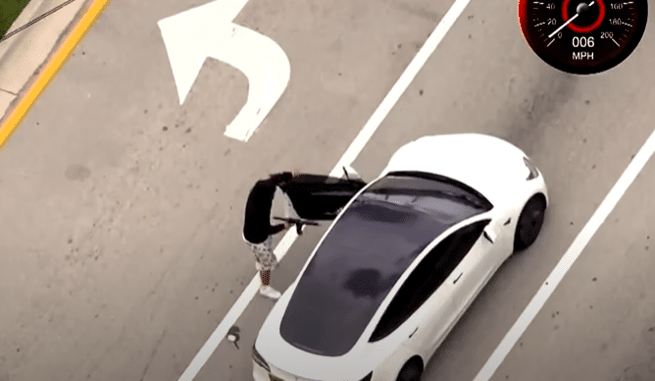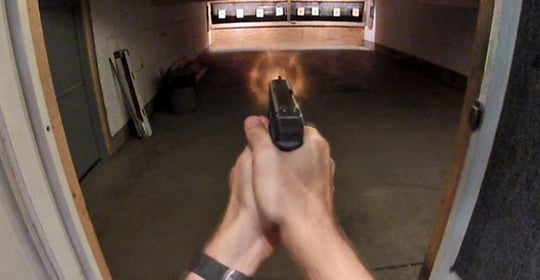If you’re an everyday concealed carrier, there’s going to be at least one time in your life you’ll be pulled over by a police officer. The encounter in of itself can be a cause for stress. In this video by Sig Sauer Academy Instructor and former police officer Adam Painchaud goes over his best advice for how to handle being pulled over while carrying concealed.
The SIG SAUER Academy is where a lot of law enforcement and civilians go for advanced hands-on training in both procedures and techniques relating to firearms. Painchaud is very upfront that this is his opinion based upon his experience in law enforcement and training law enforcement agents.
Step 1: Put the vehicle in “Park” and take foot off brake.
Painchaud points out that this helps the police officer know you’re stationary. You’re not going anywhere. And that’s one less thing the officer has to worry about.
Step 2: Roll down the window and place your hands on the steering wheel.
[ezadsense]
Fighting the immediate instinct to take out your license and registration can be counter-intuitive. You know it’s the first question a police officer is going to ask. That officer, though, as he’s approaching the vehicle, might have no clue you have a concealed carry firearm with you.
SIDENOTE: You’re not “the problem”. It’s the few incidences when officers have approached bad guys or people being completely ignorant and it’s gone horribly wrong, very fast. That has set a very cautious precedent for law enforcement. As such, they’re trained to prepare for the worst.
If it’s night-time, consider turning on the dome light so the officer can see you clearly.
Step 3: As a courtesy, upon first contact, inform the officer of your concealed carry permit and firearm.
Some states absolutely require you to disclose your concealed carry permit and firearm upon first contact. We’ve attempted a summary of “duty to inform” in this article.
Even if you’re not required by law, it’s a good idea. Quite simply, it let’s the officer know you respect the safety of both parties.
After first contact and informing the officer of the concealed handgun and permit, the officer will likely direct the scenario as he deems appropriate.
Each law enforcement officer out there may have a different reaction but ultimately, that officer wants a safe interaction as much as you do. Clear communication and complying with lawful commands is a great first step to ensuring that this interaction goes smoothly.











![[VIDEO] Concealed Carry Lessons For Protecting Yourself And Family](https://imagedelivery.net/sbm_lYeJbALkepJgtmRD5w/concealednation.org/2016/12/ScreenHunter_890-Dec.-26-13.11.jpg/w=728,h=381)


